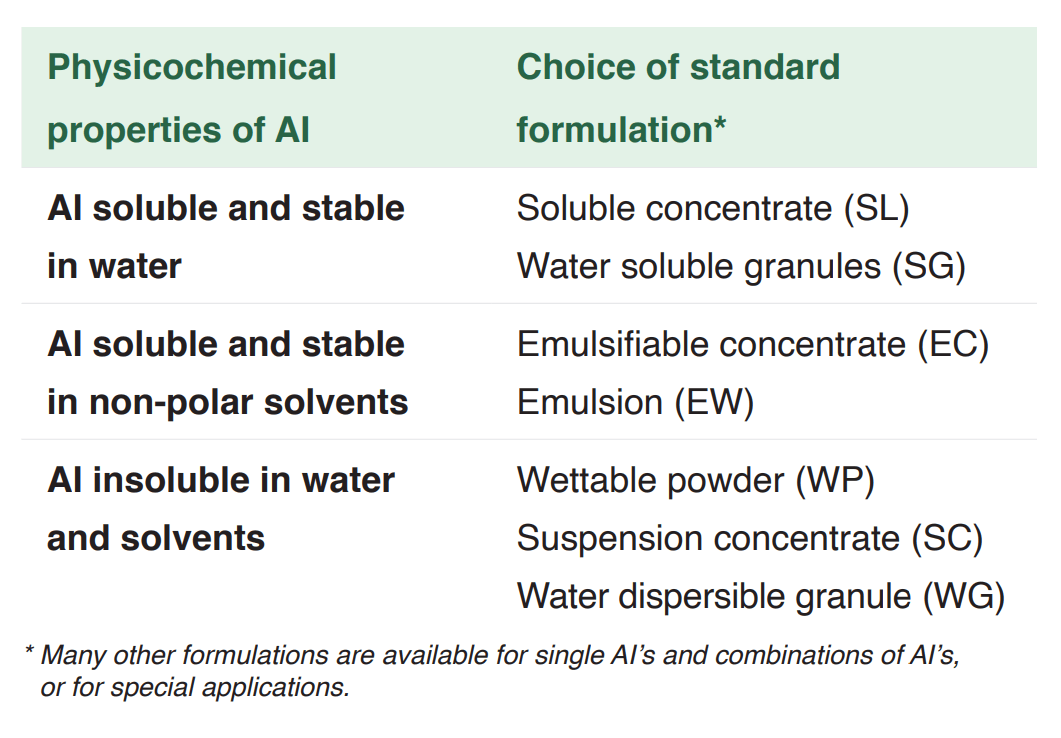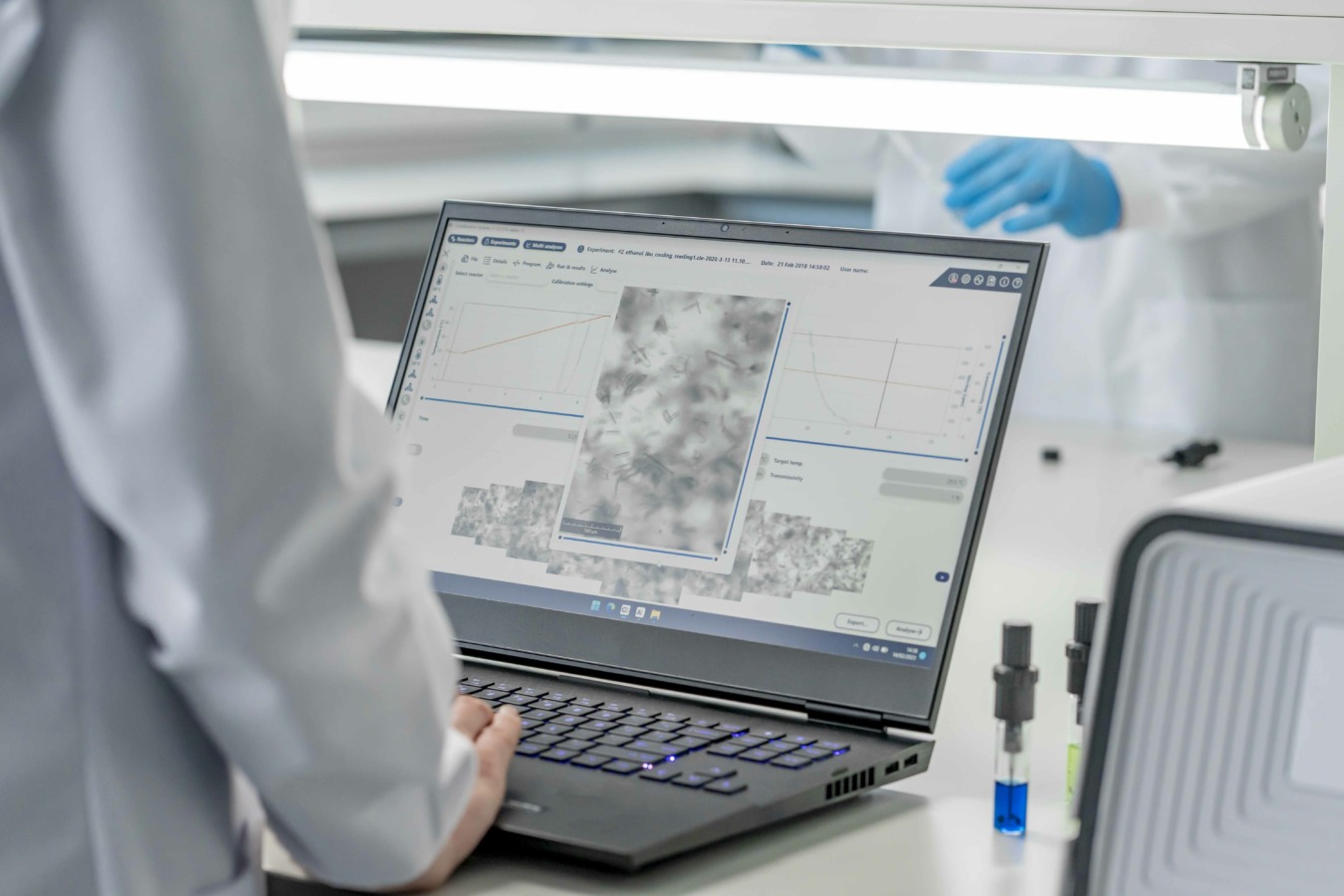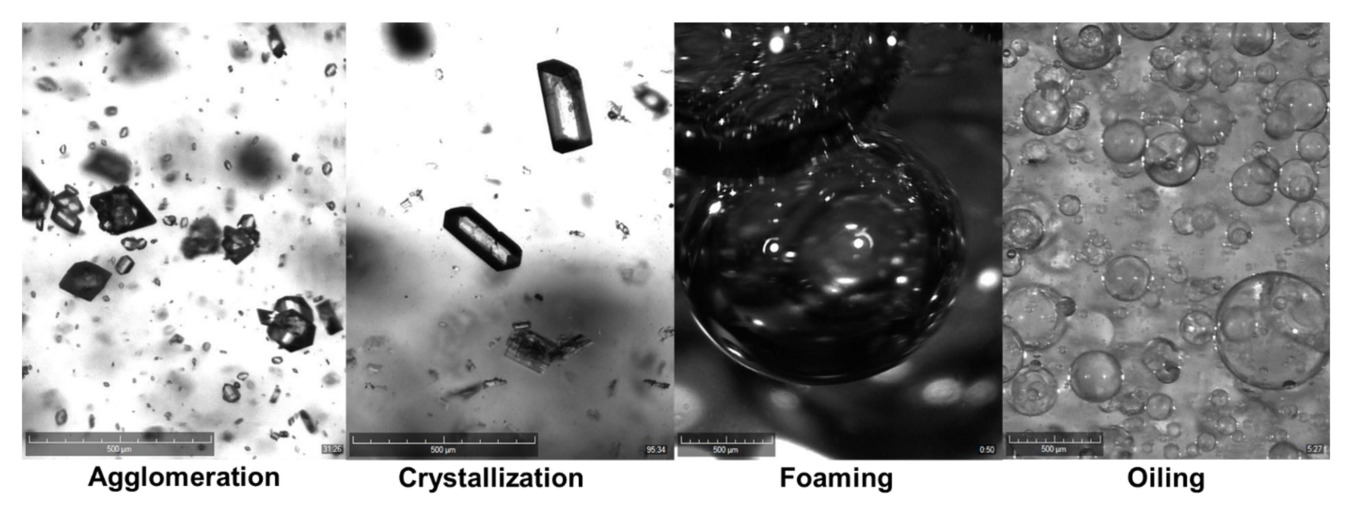Introduction
With only ~0.2 hectares of arable land available per person and scarce water availability in many places around the world, food production systems are at a growing risk. Crop protection chemicals help control the thousands of weed species, harmful insects and numerous plant diseases that afflict crops by increasing crop yields and decreasing costs of food. New and safer formulations are in high demand for applying safely and efficiently an Active Ingredient (AI). However, with over 75% of generic pesticides, formulation is also the desirable route for extension of Active Ingredients life cycles.
Challenges in formulation
Formulation enables relatively small quantities of active ingredient to be applied safely and effectively over a relatively large area usually by combining the Active Ingredient (AI) with other components called formulants. The factors a formulator should consider when choosing formulation type, developing and manufacturing agrochemical formulations are: physicochemical properties & impurity profile of Active Ingredient, stability requirements, cost and availability of formulants, suitability for packaging, ease of use, development timescales, product cost. Nevertheless, the first factors which influence your choice while choosing the formulation are the physicochemical properties of Active Ingredient.

Optimize control
Optimize and control your formulation with Crystalline, the ultimate tool for delivering your best formulation in a tight timescale, at the lowest possible costs and with a low risk of failure on the field. Designed by experts in formulation development, Crystalline provides real-time answers to all your questions related to process/manufacturing aspects, physicochemical properties, impurity profiling, particle size distribution and stability.

Visualise your formulation
Have you ever wondered what is happening during formulation development? How do you know if your sample is:
- foaming
- oiling out
- gelling/thickening
- agglomerates
- precipitates/crystallizes?
Now you can stop guessing and see what is happening. You can easily correlate turbidity signals with visual information – finally getting the complete picture of the formulation process.

Check the stability of your plant protection product by testing the effect of low and high temperatures on your formulation. With the 8 independently-controlled reactors and integrated cameras of the Crystalline, it is possible to study the effect of temperature and different formulators in a simple and easy fashion.
Crystalline enables you to efficiently determine solubility curves of your active ingredient and formulants. When appropriate, data related to relevant impurities can be also derived. The degree of dissolution and the dilution stability may be indirectly determined from the solubility curves. The real time turbidity measurements are carried out without any physical contact between sample and the probe – making this an extremely easy system to use. Just insert your sample into the reactor...
Check out the particle size distribution of your formulation product. For example, finer particles are less likely to settle, but have higher driving force for agglomeration. With four or eight high quality digital visualization probes, seeing what is happening in the vial and when has never been easier. The visualization probes are controlled separately from each other, and can be synchronized with turbidity measurements and temperature profile of each independent reactor.
Curious to learn more?
Read the full application note "Visualise your formulation process".